Dell XPS 13 Plus vs XPS 13: What's the difference?
Here's how the new Dell XPS 13 Plus compares to a classic
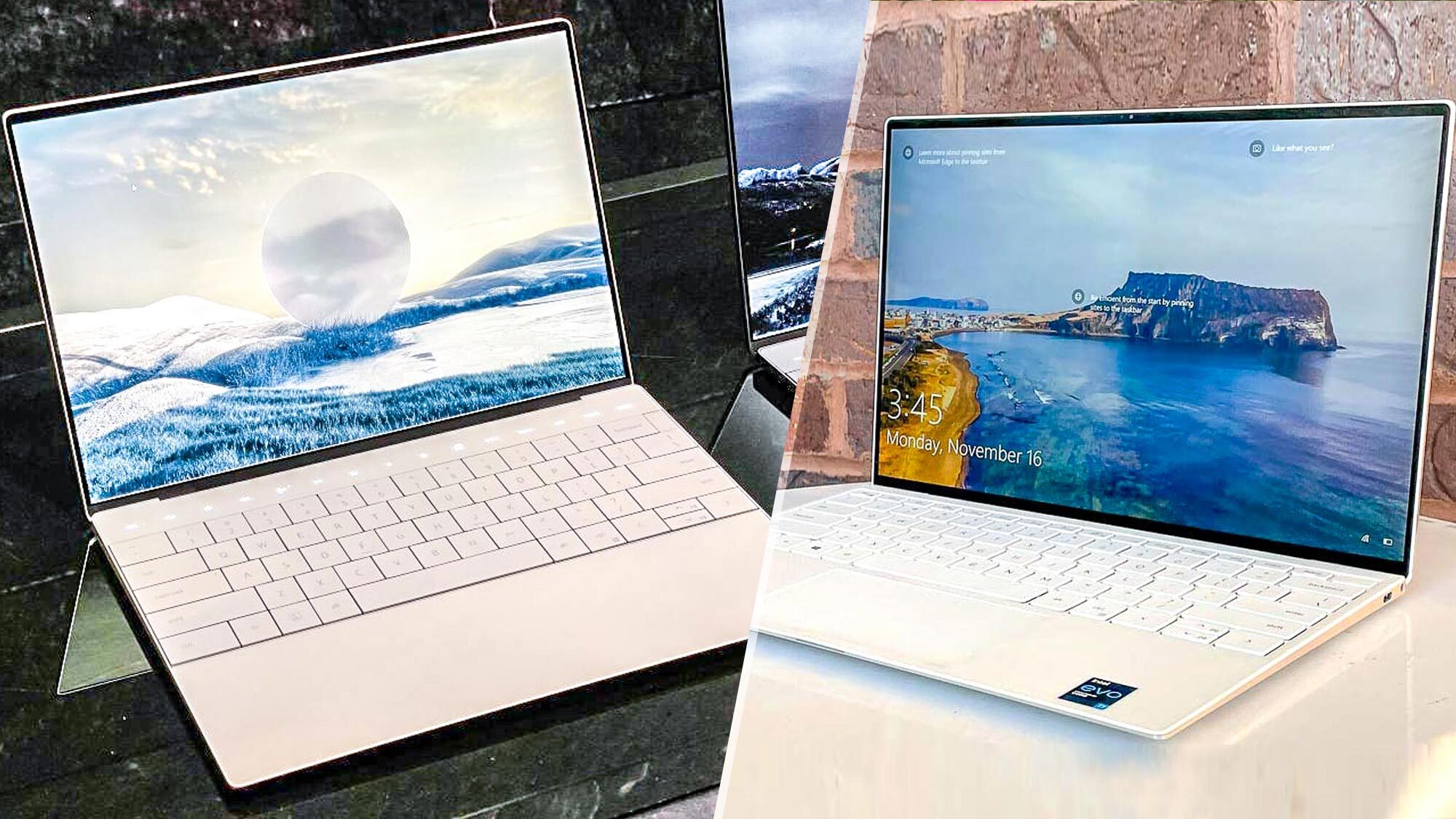
The Dell XPS 13 has long held a spot on our list of the best laptops you can buy, which is why it's so exciting that Dell has unveiled a new spin on the tried-and-true design at CES 2022: the Dell XPS 13 Plus.
The XPS 13 Plus looks to be somehow even slimmer and lighter than the already svelte XPS 13, yet it packs the latest 12th Gen Intel CPUs and as much power under the hood as the beefiest XPS 13. However, to slim down the XPS 13 Plus, Dell trimmed off a few ports, including the headphone jack — which means that you'll be stuck relying on Bluetooth (or a dongle) if you want to do some private listening on the Plus.
But where you'll really see a difference is on the keyboard deck, where Dell has done away with physical function keys in favor of a row of capacitive touch keys reminiscent of the controversial Touch Bar on Apple's old MacBook Pros. It's a change that will probably take some getting used to; read on for a full rundown of all the changes you'll see in the XPS 13 Plus, which could end up being one of the best 13-inch laptops of 2022 when it ships later this year.
Dell XPS 13 Plus vs XPS 13: Specs
| Row 0 - Cell 0 | Dell XPS 13 Plus | Dell XPS 13 |
| Price | from $1,199 | from $979 |
| Display | 13.4 inches (full HD+, full HD+ touch, 3.5K OLED or 4K LCD) | 13.4 inches (full HD+, full HD+ touch, 3.5K OLED or 4K LCD) |
| CPU | 12th gen Intel Core i5, Core i7 | 12th gen Intel Core i5, Core i7 |
| GPU | Intel Iris Xe integrated graphics | Intel Iris Xe integrated graphics |
| RAM | 8-32 GB | 8-32 GB |
| Storage | 256GB - 2TB SSD | 256GB - 2TB SSD |
| Ports | 2 Thunderbolt 4 (USB-C), USB-C to USB-A adapter | 2 Thunderbolt 4 (USB-C), microSD card reader, headphone jack, USB-C to USB-A adapter |
| Size | 11.6 x 7.8 x 0.6 inches | 11.6 x 7.8 x 0.6 inches |
| Weight | 2.73 pounds | 2.9 pounds |
Dell XPS 13 Plus vs XPS 13: Price
The Dell XPS 13 Plus will go on sale in spring of 2022, though Dell has yet to announce a specific date. It will have a starting price of $1,199, and for that you'll get the base model with a 12th gen Intel Core i5-1240P processor, 8GB of RAM and 256GB of SSD storage.
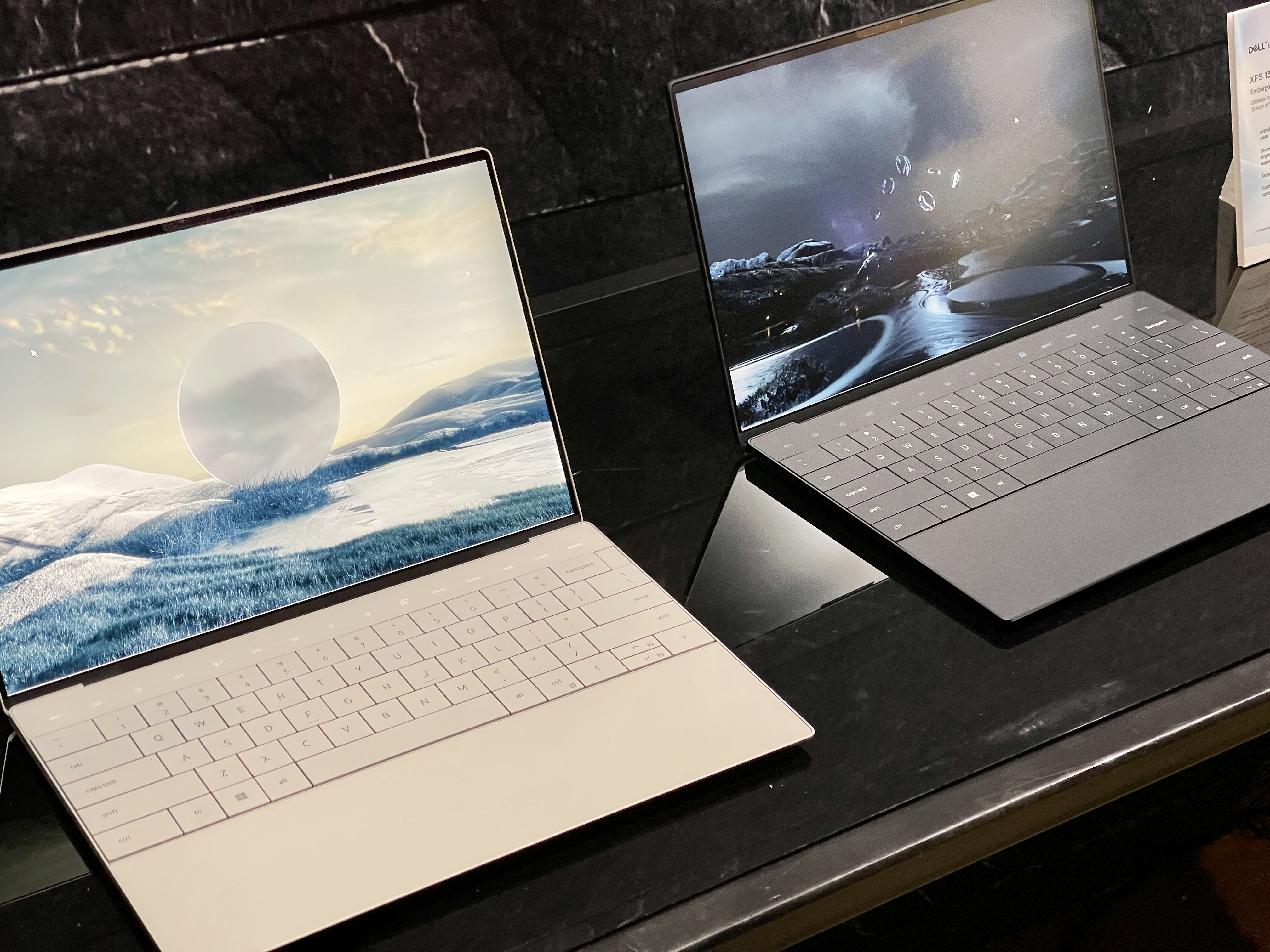
That's roughly in line with the latest XPS 13, which Dell sells via its website for as low as $979, at least as of this writing (laptop pricing tends to be pretty volatile, especially during the ongoing pandemic-related supply chain shakeup). That gets you an XPS 13 with an 11th Gen Core i5-1135G7 CPU, 8GB of RAM and a 256GB SSD.
So, at least as far as pricing goes, the Dell XPS 13 Plus and the XPS 13 aren't too dissimilar. They both have plenty of room for upgrades too, and if you're willing to pay more you can get either with up to Core i7 CPUs, 32GB of RAM, 2TB of storage and a 4K touchscreen or a 3.5K OLED touchscreen.
Dell XPS 13 Plus vs XPS 13: Design
We've long been fans of the Dell XPS 13 design, with its thin-bezelled InfinityEdge display housed in a slim-and-light chassis that's easy to carry and comfortable to type on.
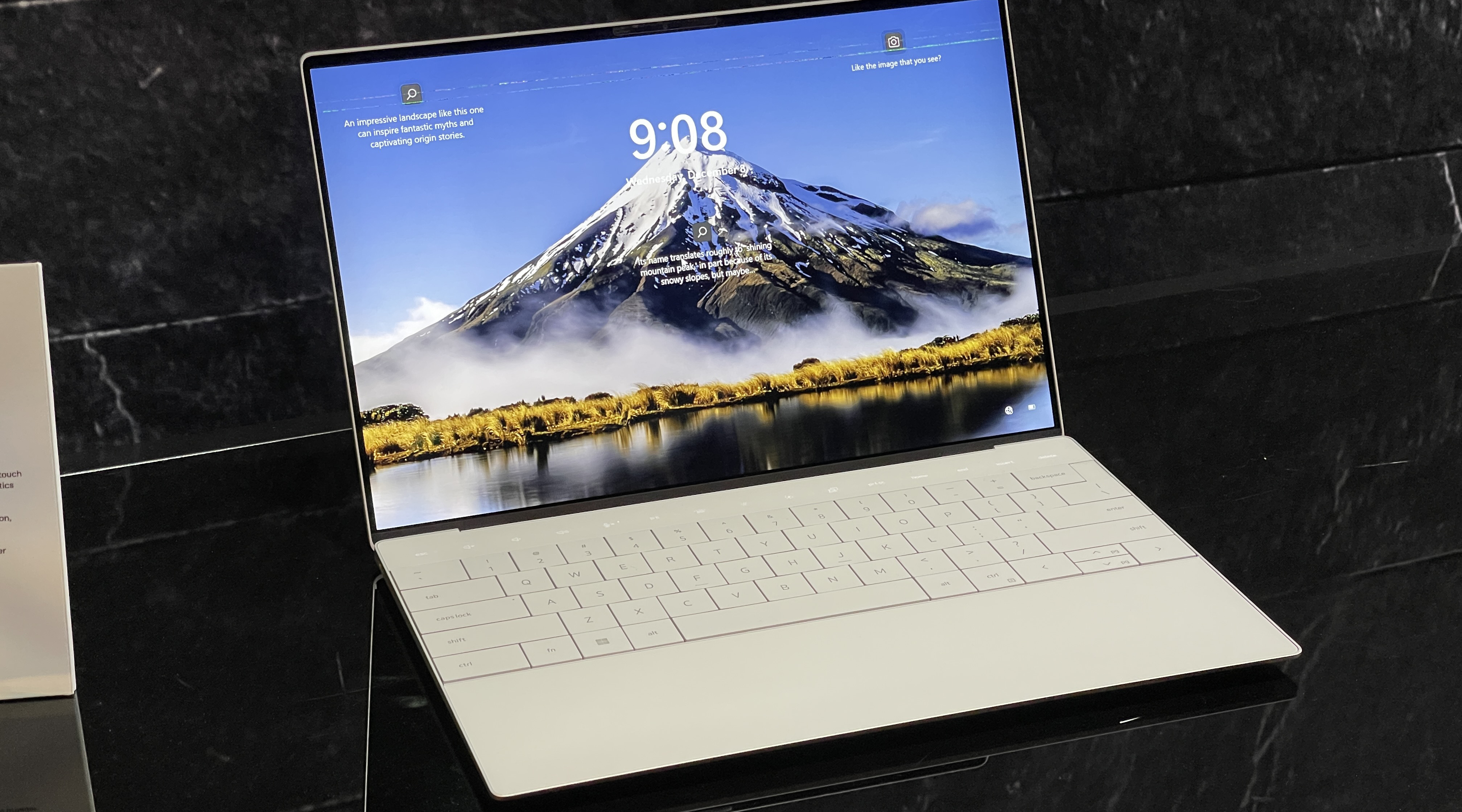
The Dell XPS 13 Plus is pretty similar, but its design differs in some key ways that help it stand apart from the vanilla XPS 13. It weighs 2.7 pounds and measures 11.6 x 7.8 x 0.6 inches, which is basically the same as the vanilla XPS 13. Like the XPS 13, it also comes in a light and dark finish (Platinum vs Graphite), but once you open the lid the XPS 13 Plus sports some key design changes.
Most notably, the XPS 13 Plus has a function row of capacitive touch keys, rather than physical keys. That means they don't actually press down when you hit them, which could take some getting used to. You can toggle them between function and media keys, and hopefully they'll be a little more intuitive to use than the Touch Bar on Apple's old MacBook Pros.
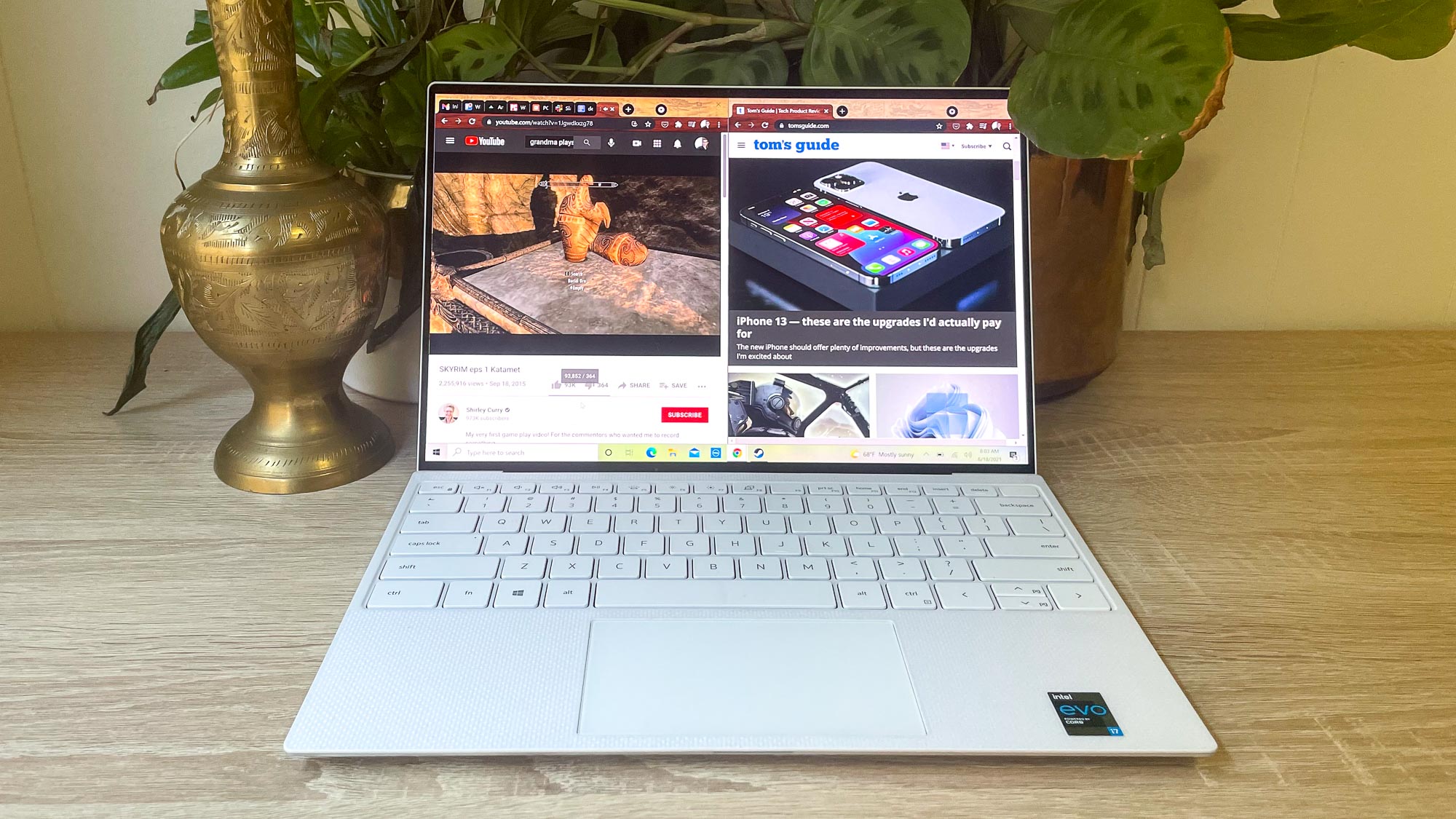
Beneath the new capacitive touch keys the XPS 13 Plus sports a keyboard that stretches from edge to edge. That makes it a bit wider than the keyboard on the XPS 13, which has some space between it and either edge of the laptop. More notably, the XPS 13 Plus has a haptic touchpad that's seamlessly integrated into the deck underneath the keyboard. It looks slick, but it can also make it hard to tell where the touchpad starts and ends. Both the haptic touchpad and the capacitive touch function keys seem like the kind of thing you'd get used to, but we'll have to wait until we review one to know how usable the XPS 13 Plus really is.
Dell XPS 13 Plus vs XPS 13: Display
Dell's patented InfinityEdge display design helps the 13.4-inch screen in the XPS 13 really pop, as the bezels around the screen are so thin that they seem to disappear when you're engrossed in watching something. The display itself is good, too; the FHD+ (1920 x 1200) IPS panel on the base model delivers great image quality, and if you're willing to pay extra for a Dell XPS 13 OLED model, the vibrant colors, deeper blacks and better contrasts are well worth it.
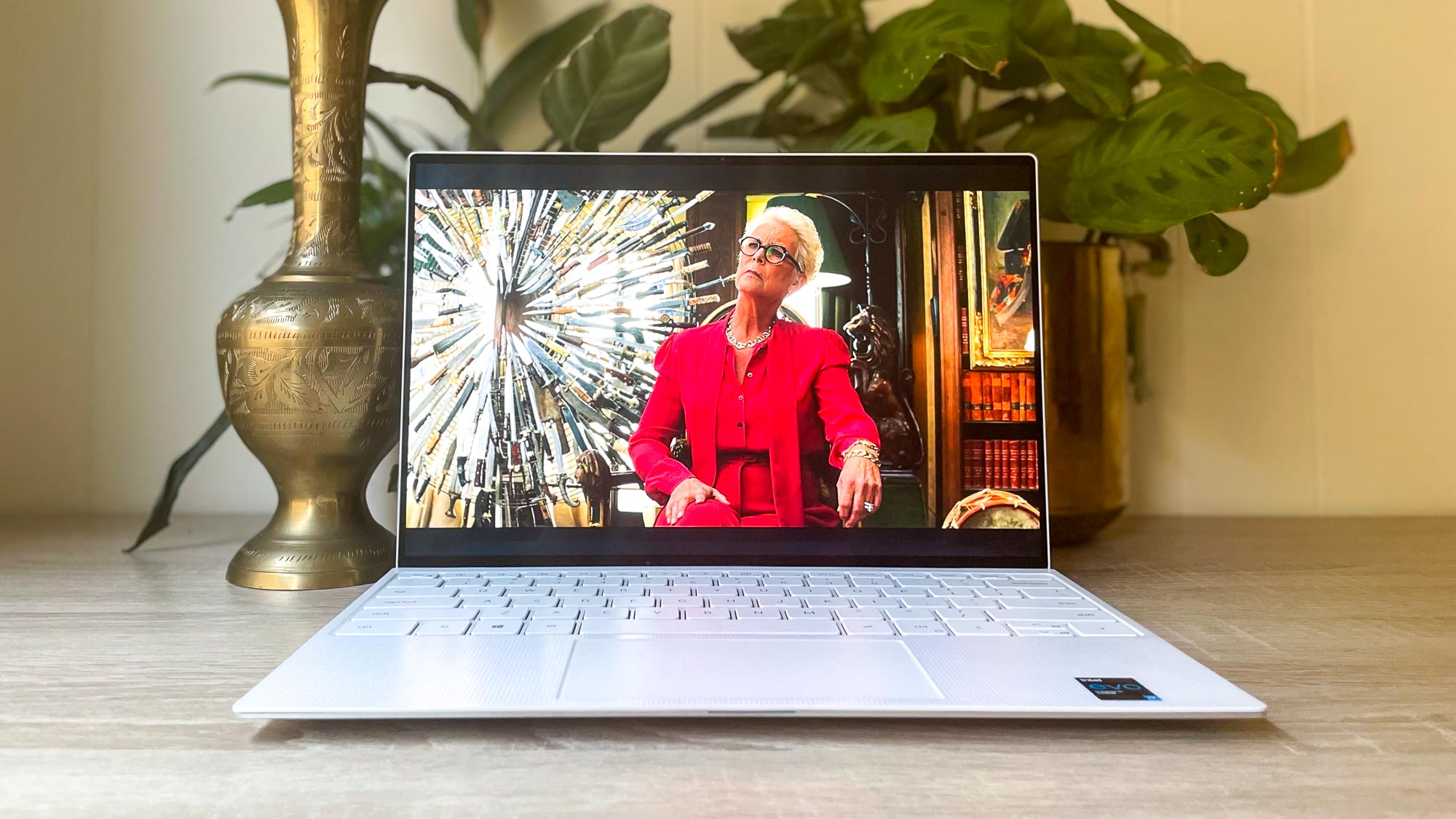
That's why we have high hopes for the display options on the Dell XPS 13 Plus, which look to be very similar to the XPS 13. Dell says the XPS 13 Plus features the same thin-bezeled InfinityEdge display design, but with fewer layers to improve image clarity and cut down a smidge on weight.
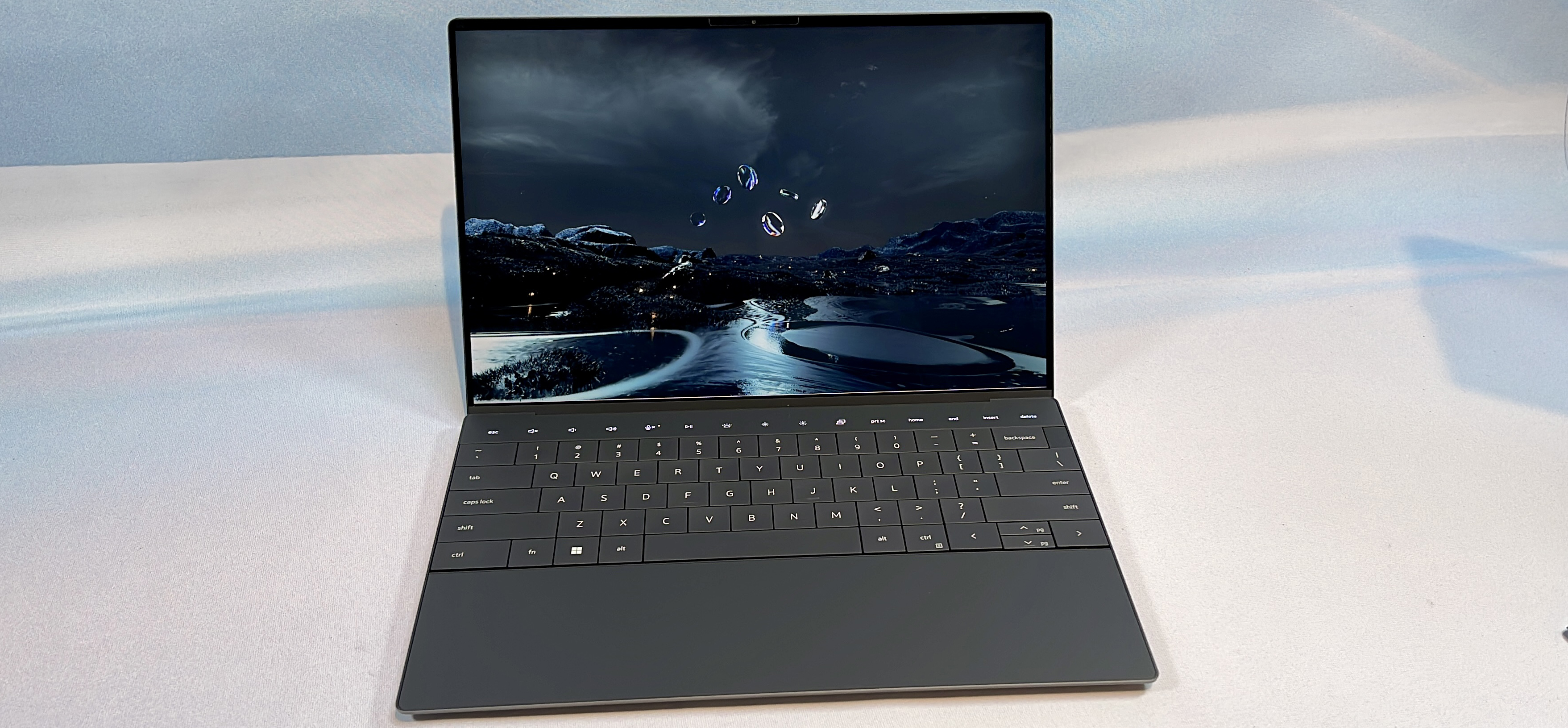
Like the Dell XPS 13, the XPS 13 Plus starts with a FHD+ IPS display (1,920 x 1,200 pixels), and you can pay extra to get a touchscreen version. You can pay even more to get a 4K touchscreen, or a 3.5K OLED touchscreen on your XPS 13 Plus. We loved the OLED upgrade on the XPS 13, and in our Dell XPS 13 Plus hands-on we had a chance to see how the new model looks with an OLED display — and it looks pretty darn good.
Dell XPS 13 Plus vs XPS 13: Performance
The Dell XPS 13 has long held a reputation for delivering solid performance, and the entry-level models are plenty good enough for just about any day-to-day work. If you're willing to splurge, you can get a model with the latest Core i7 CPUs and up to 32GB of RAM, which is more than enough power for productivity work and even a bit of light gaming. However, at least right now, there's no option to buy an XPS 13 with a discrete graphics card — to get one, you need to upgrade to an XPS 15 with a discrete Nvidia GPU.
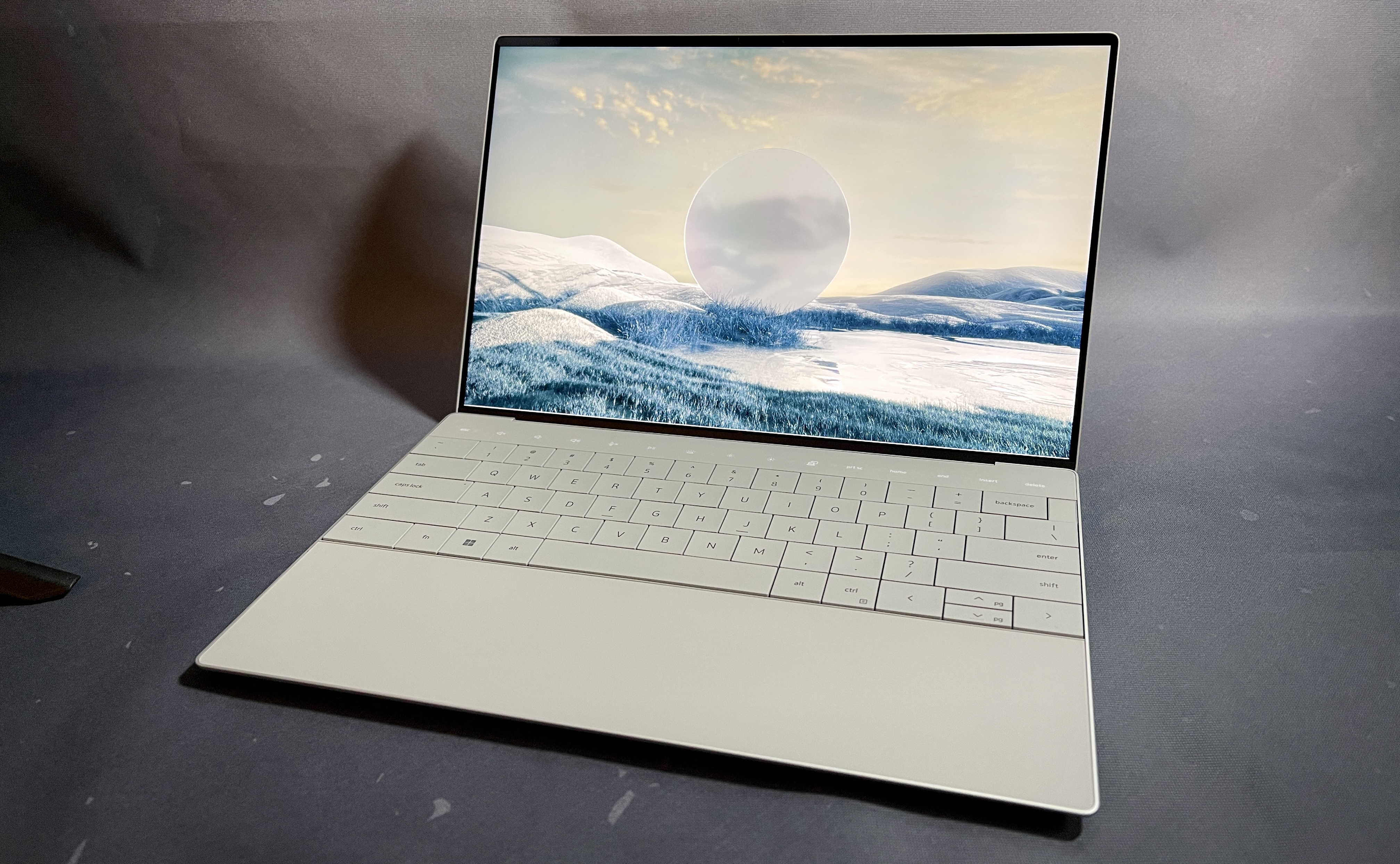
The Dell XPS 13 Plus also can't be configured with a discrete GPU, so you're limited to Intel Iris Xe integrated graphics, but you can get the latest 12th Gen Intel CPUs. These are more powerful and more performant than the 11th Gen Intel chips available in last year's XPS 13, though by the time the Plus goes on sale Dell will likely be selling refreshed XPS laptops with 12th Gen Intel chips.
Like the base XPS 13, the XPS 13 Plus can be configured with up to a Core i7 CPU, 32GB of RAM, and up to 2TB of PCIe SSD storage. These top-of-the-line models should be productivity beasts, though they'll struggle to run most demanding 3D games.
Dell XPS 13 Plus vs XPS 13: Ports
The Dell XPS 13 has never been known for its expansive port selection, but recent models give you enough to get things done. The current XPS 13 offers just four: a pair of USB-C/Thunderbolt 4 ports, as well as a headphone jack and a microSD card reader. The fact that Dell put a USB-C port on either side is nice since it gives you some flexibility in what you plug in where, but it's still slim pickings.
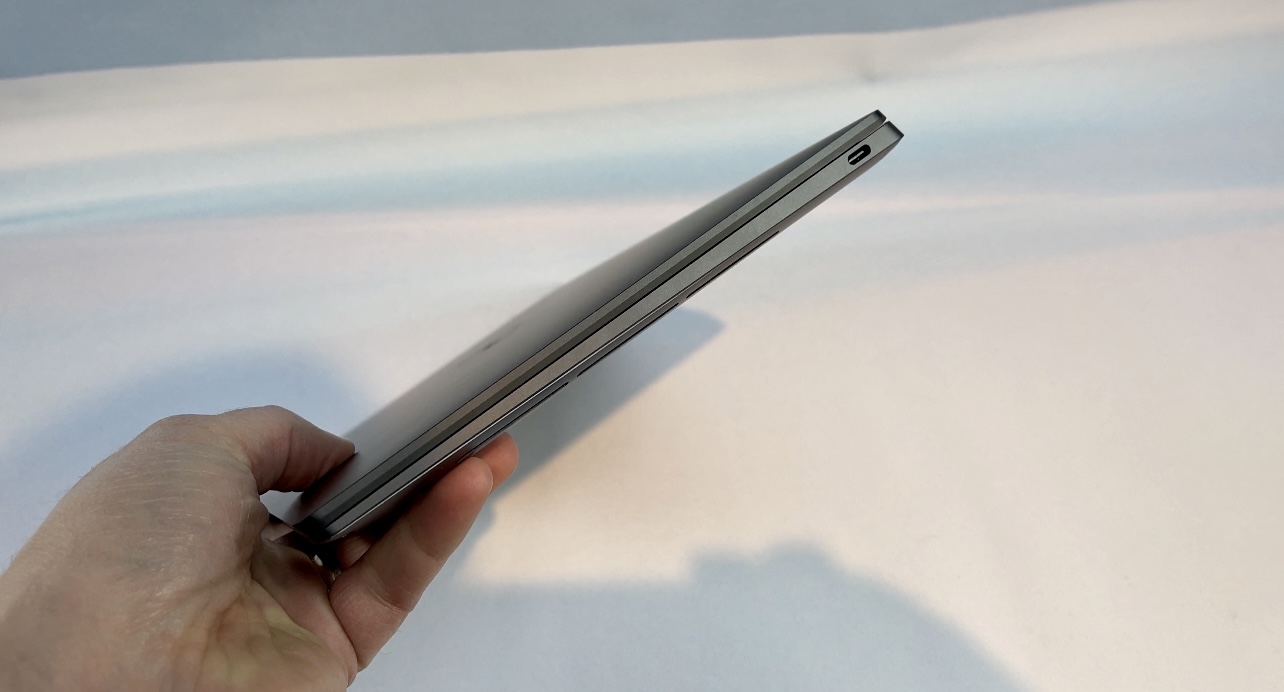
The XPS 13 Plus offers even slimmer pickings, as it sports just a pair of USB-C/Thunderbolt 4 ports, one on either side. Dell also packs in a USB-C to USB-A adapter like it does on the base XPS 13, which is a nice touch.
However, the lack of a headphone jack feels way more painful than the lack of a microSD card reader. Apple has led the charge in removing headphone jacks from phones, for better or for worse, but Dell axing the headphone jack from a new model of one of its most popular laptops is a significant (and potentially controversial) move. Personally, I'm not excited about the prospect of having to rely on Bluetooth headphones if I want to listen to something privately on my laptop. Of course, we'll have to wait until we get one in for review to find out how viable its slim port selection is under real-world use.
Dell XPS 13 Plus vs XPS 13: Keyboard and touchpad
As mentioned earlier, the Dell XPS 13 has long been a favorite of ours in part because it has a surprisingly spacious, comfy keyboard to type on. The touchpad beneath is well-sized too, and it feels both accurate and responsive to use.
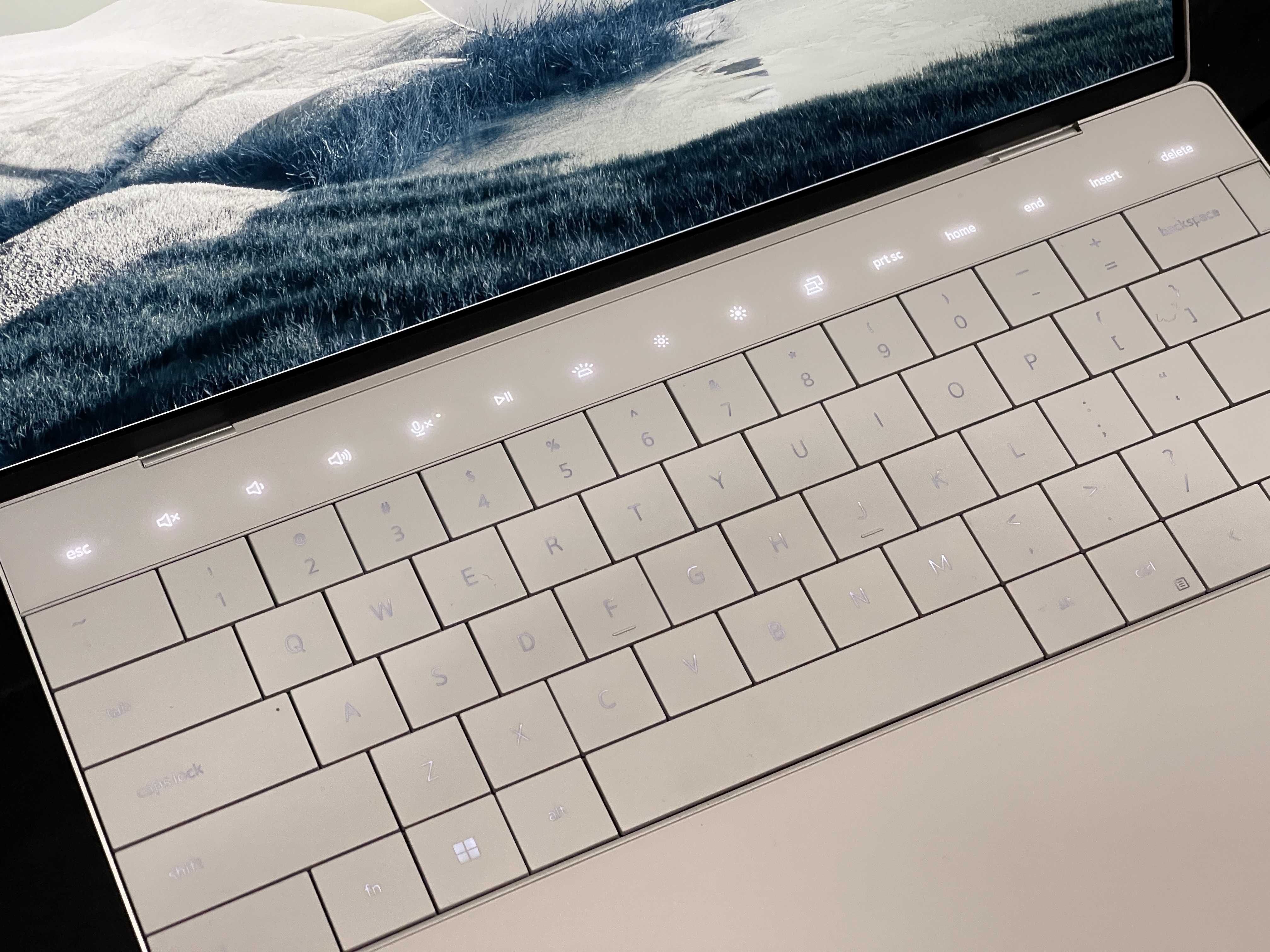
The XPS 13 Plus changes things up slightly, offering a function row of capacitive touch keys above the keyboard instead of physical keys. You can toggle them between function and media keys with a keypress, just like physical function keys. And while it seems as though the Dell XPS 13 Plus copies the worst thing about the MacBook Pro (the Touch Bar), we'll have to wait until we review one ourselves to know for sure. We're also excited to try out the new seamless touchpad, which is capacitive and effectively invisible on the keyboard deck.
Dell XPS 13 Plus vs XPS 13: Battery life
The Dell XPS 13 delivers decent battery life, and the models we've reviewed have typically lasted around eight hours in our battery life test, which tasks the laptop with endlessly surfing the web via Wi-Fi with its screen set to 150 nits of brightness.
Eight hours is good but not great, so we're eager to put the Dell XPS 13 Plus through our battery tests to see if it can outlast its predecessor. At CES 2022 we learned the Dell XPS 13 Plus packs a 55WHr battery, which is bigger (and hopefully longer-lasting) than the 52WHr battery inside the old Dell XPS 13. However, the Plus features a more powerful CPU with a higher power draw than CPUs in older models, so its bigger battery may not mean better endurance.
However, like the XPS 13, the XPS 13 Plus has an express charging feature, and Dell claims it takes less than an hour to charge the Plus up to 80% battery power.
Dell XPS 13 Plus vs XPS 13: Outlook
The Dell XPS 13 is one of our favorite laptops in large part because of its svelte, eye-catching design, so the fact that Dell has launched a redesigned version in the XPS 13 Plus is cause for guarded optimism on our part.
The Dell XPS 13 Plus looks like it will offer a small but meaningful performance upgrade over older XPS 13 laptops, and the redesigned keyboard deck may prove even more comfortable to use than the already great keyboard and touchpad on the XPS 13.
However, the fact that the XPS 13 Plus has even fewer ports than the XPS 13 is a bit concerning, especially the lack of a headphone jack. We'll have to get one in for testing and review to see how much of a difference these design changes really make, and we can't wait to see how the Plus compares to the other heavy hitters in Dell's XPS lineup. Stay tuned!
Make sure you check our Dell coupons page for the latest offers and promo codes.
Sign up to get the BEST of Tom's Guide direct to your inbox.
Get instant access to breaking news, the hottest reviews, great deals and helpful tips.

Alex Wawro is a lifelong tech and games enthusiast with more than a decade of experience covering both for outlets like Game Developer, Black Hat, and PC World magazine. A lifelong PC builder, he currently serves as a senior editor at Tom's Guide covering all things computing, from laptops and desktops to keyboards and mice.
-
ander "Dell trimmed off a few ports, including the headphone jack — which means that you'll be stuck relying on Bluetooth (or a dongle) if you want to do some private listening on the Plus."Reply
Not quite true. You can still use analog headphones with an inexpensive USB-to-stereo miniplug adapter.
